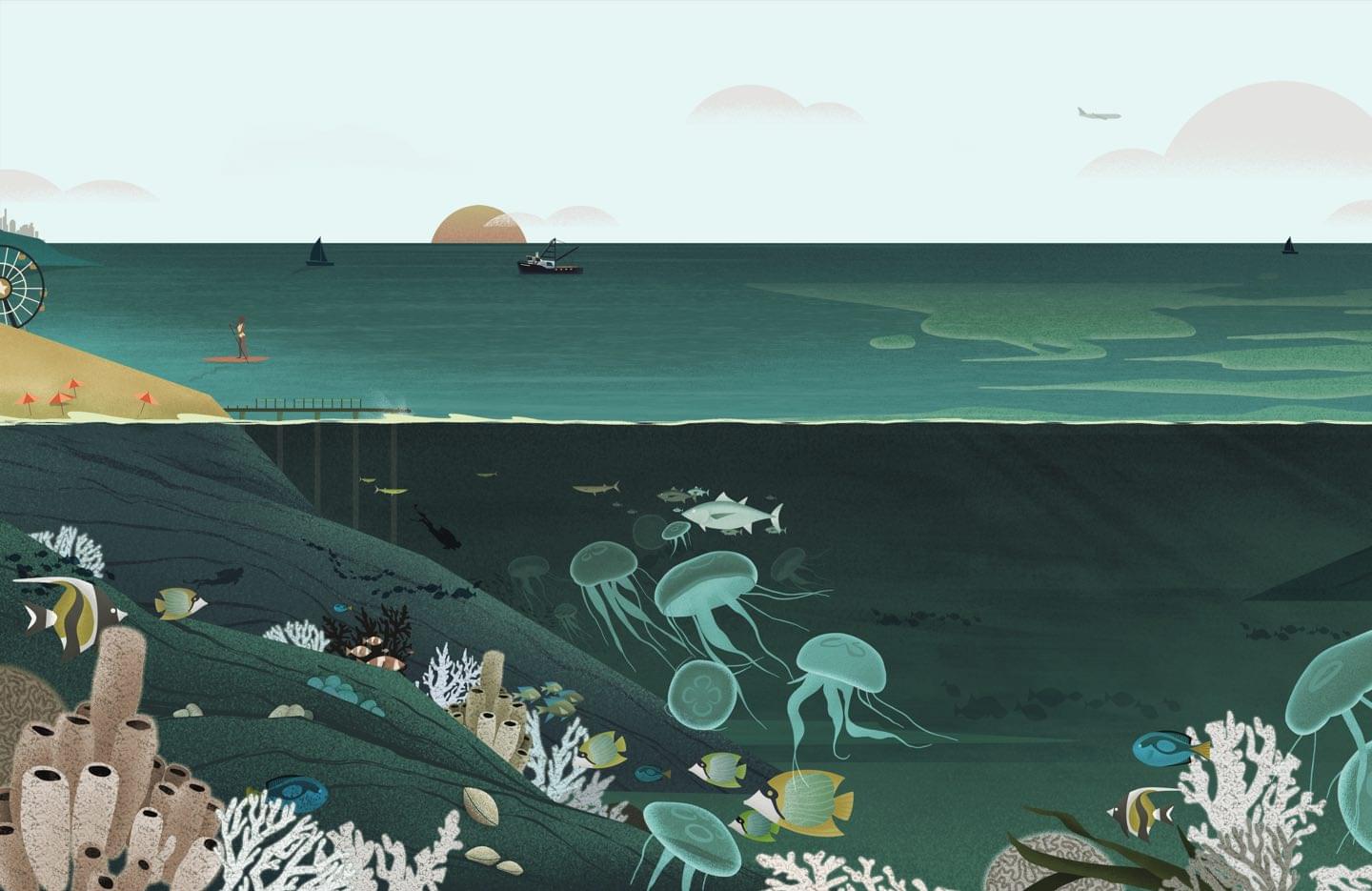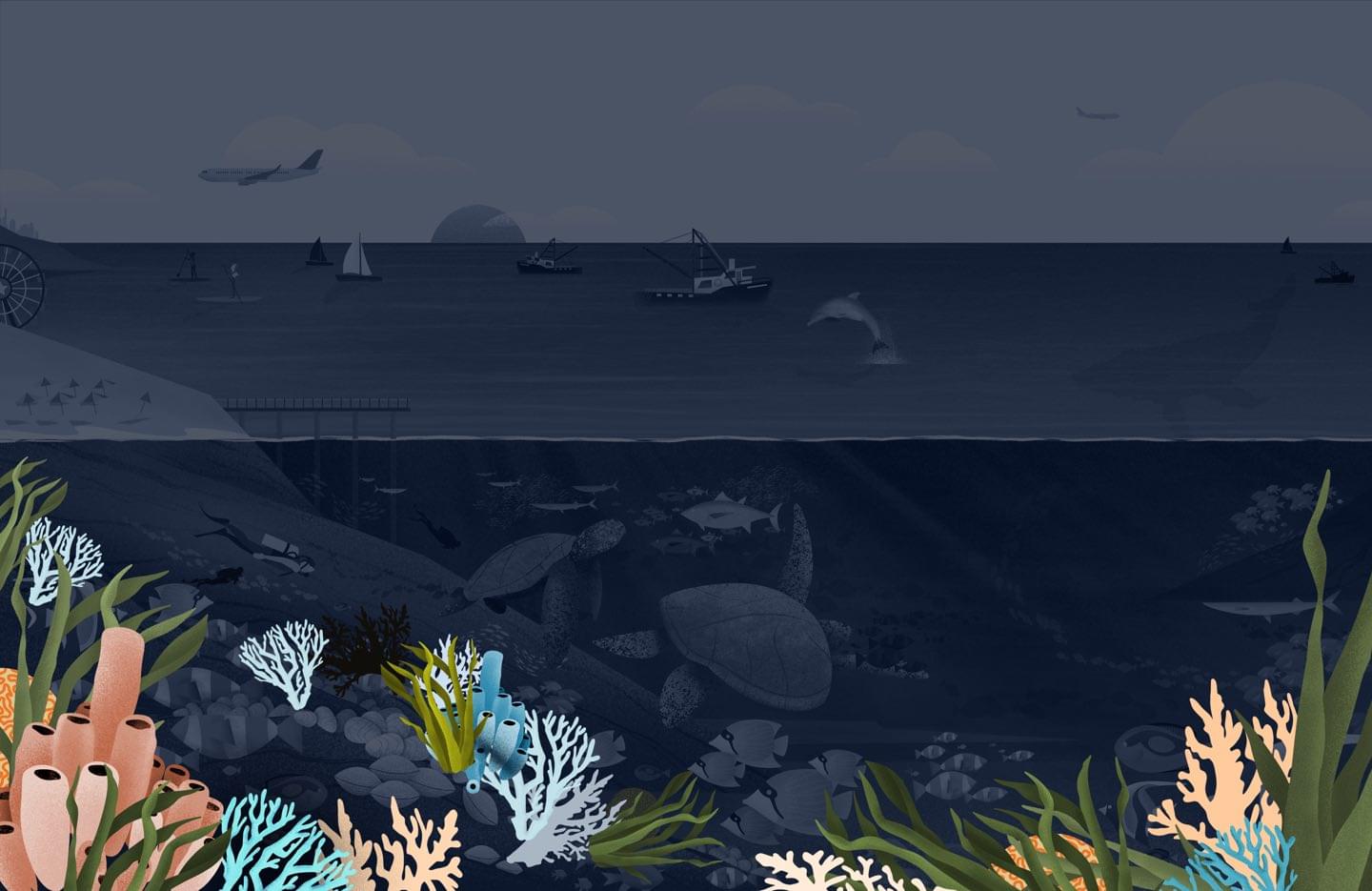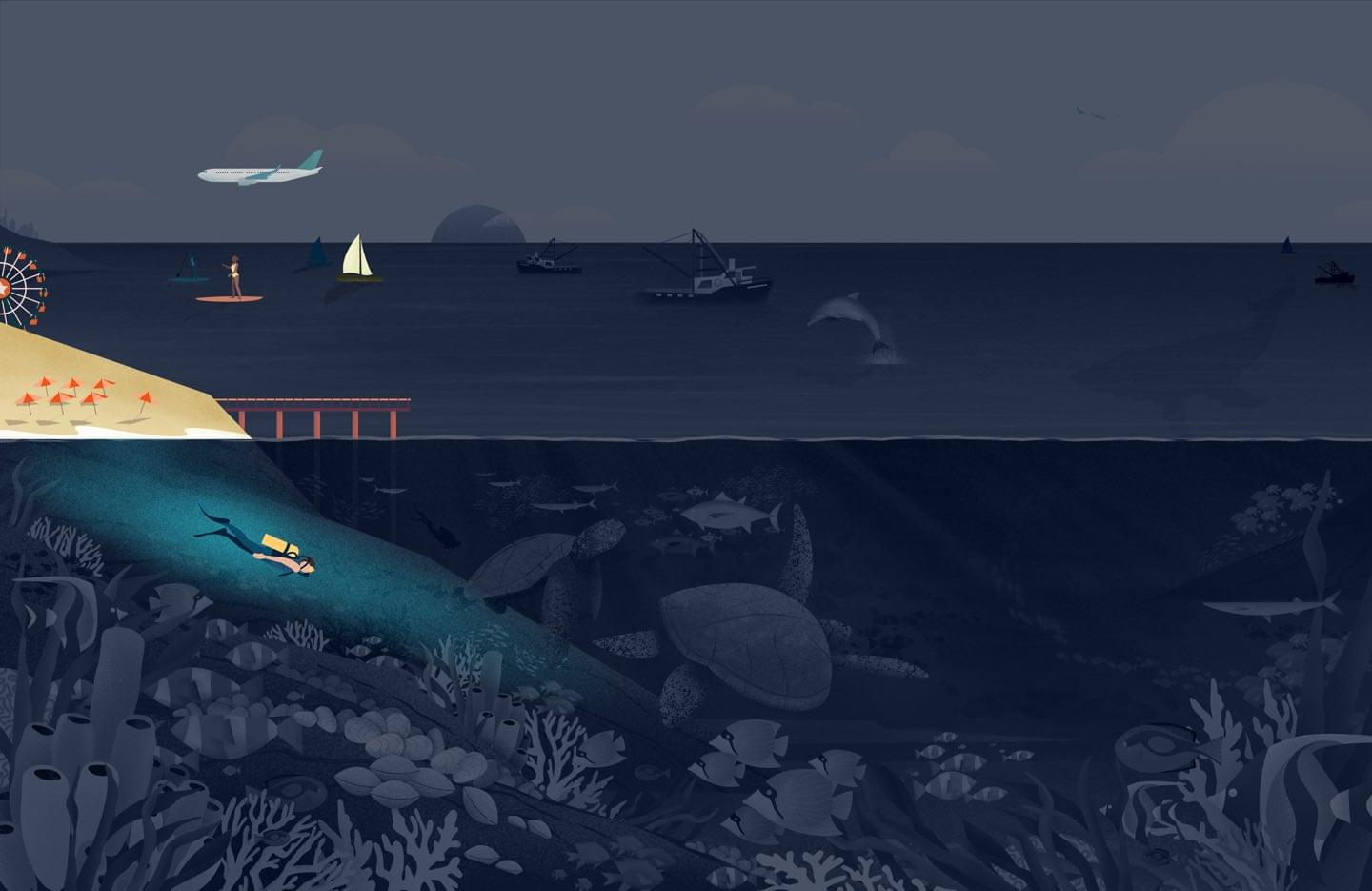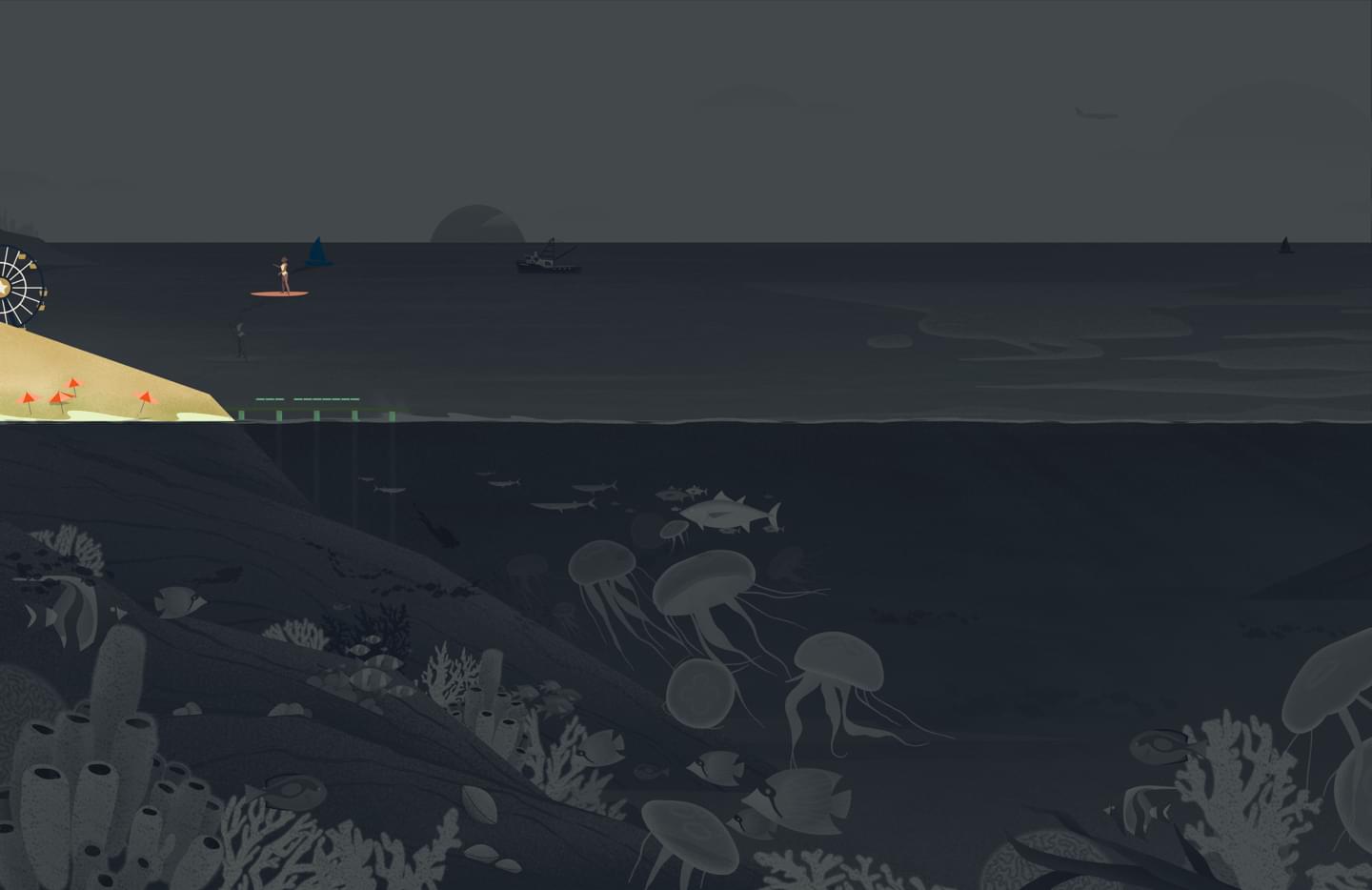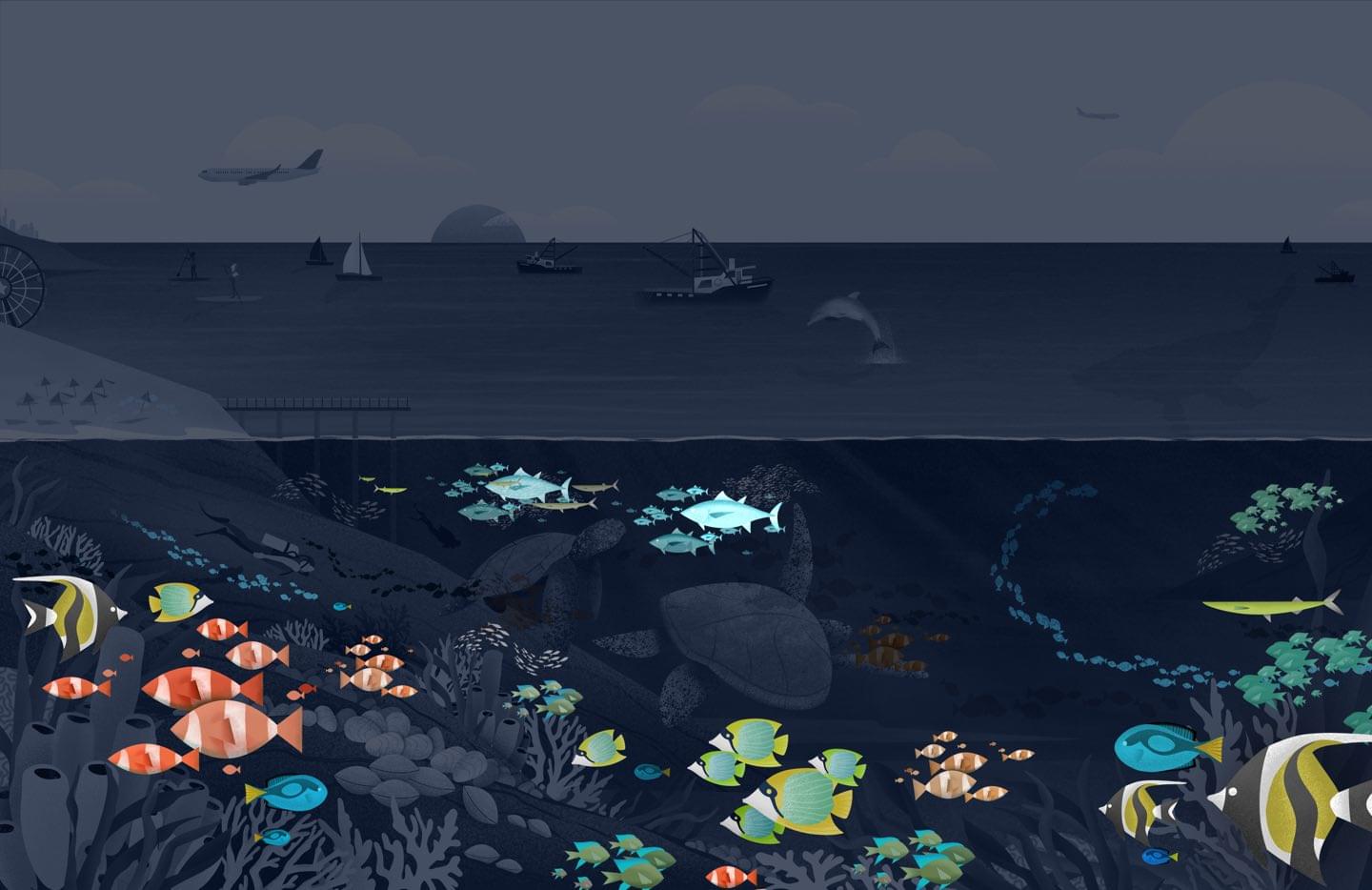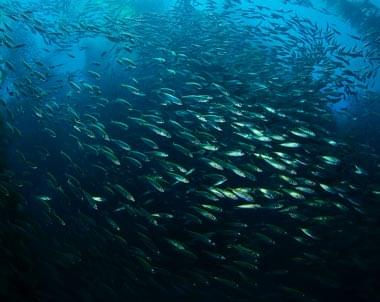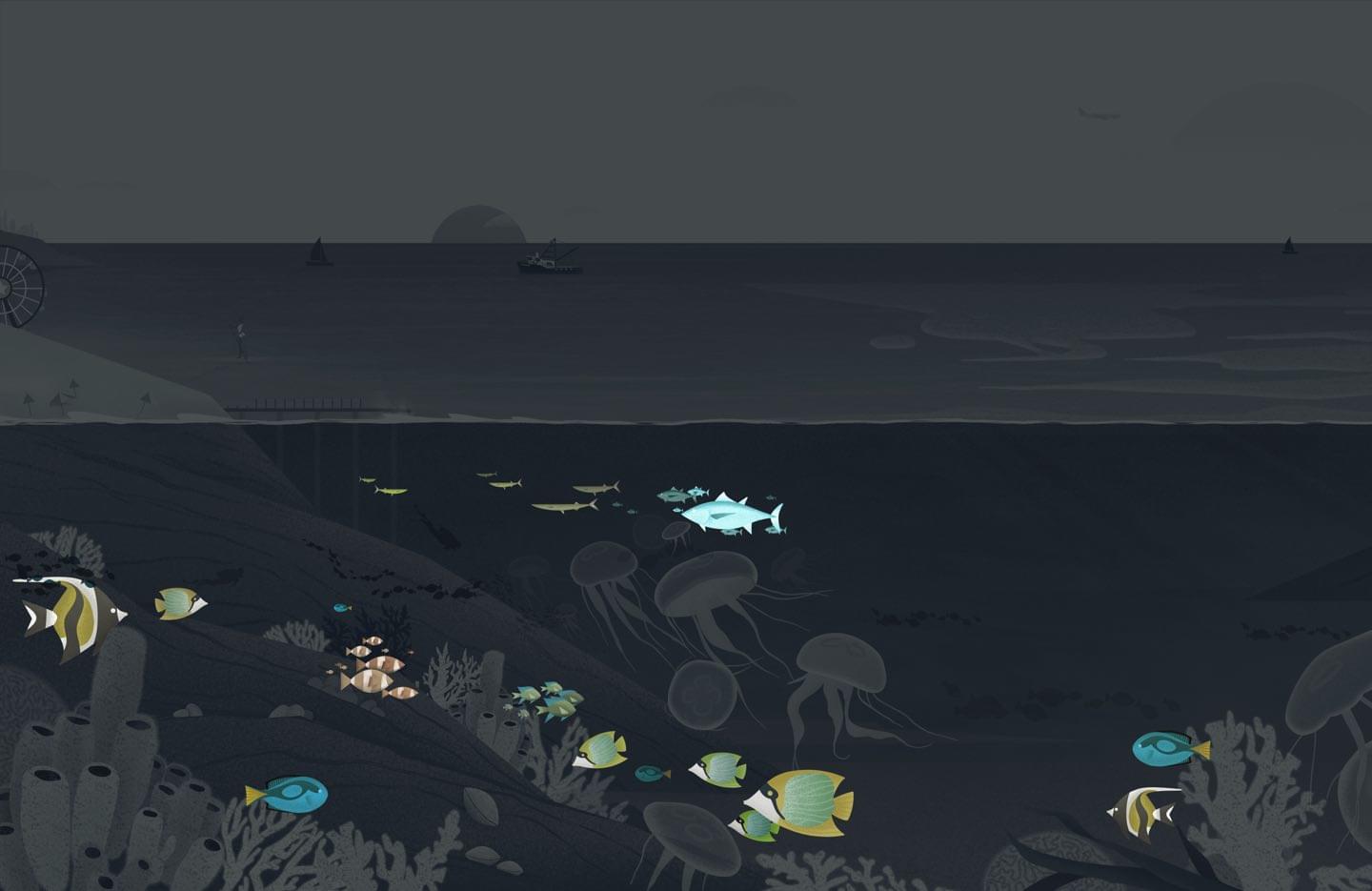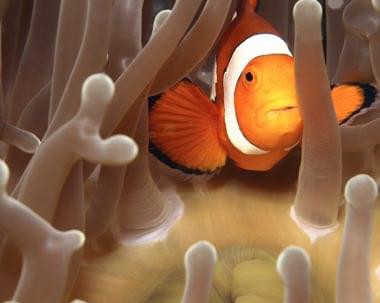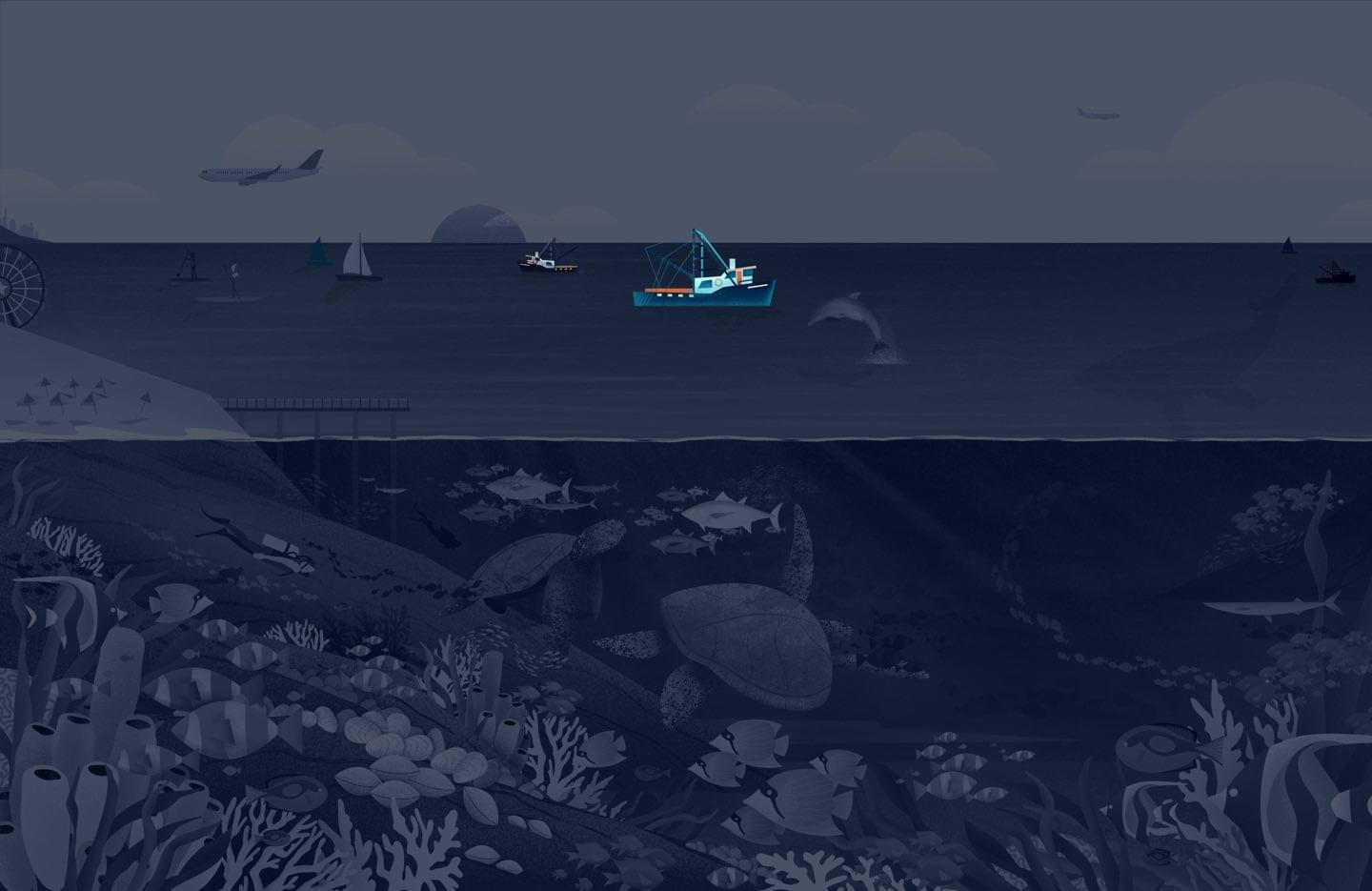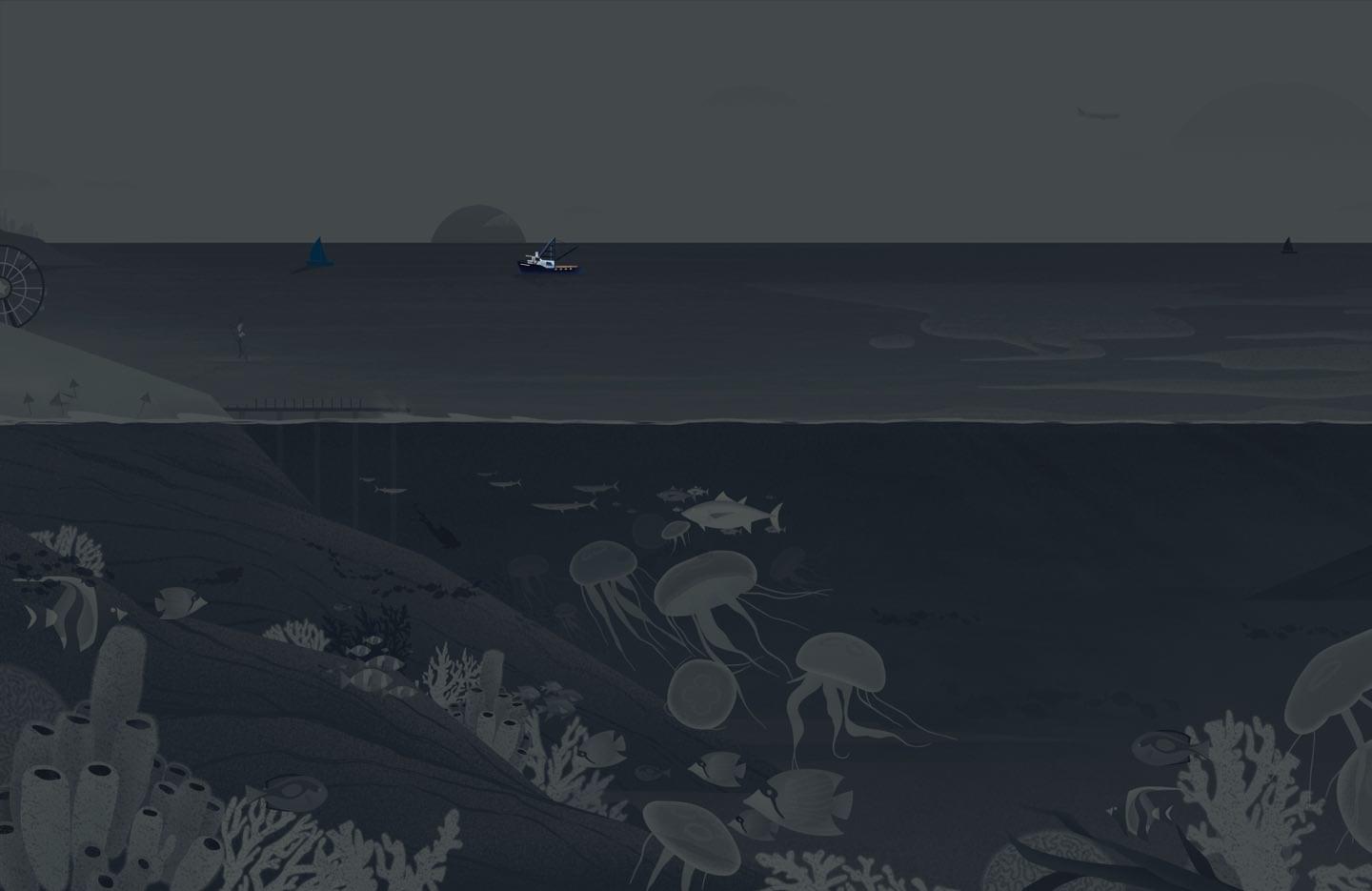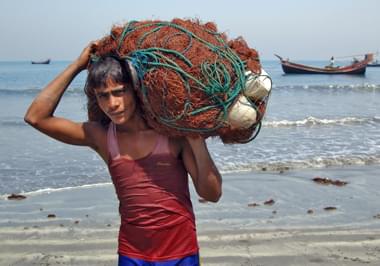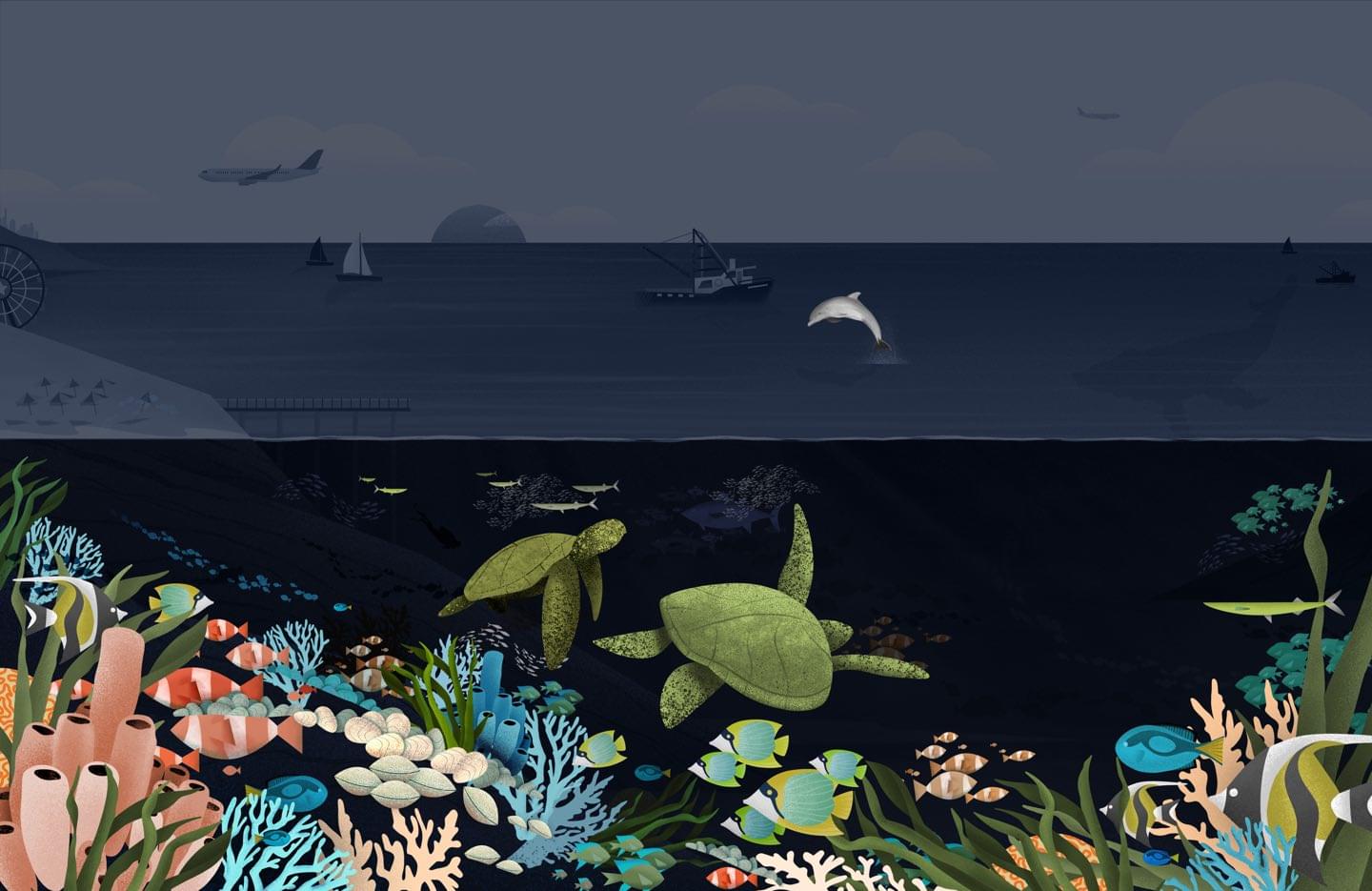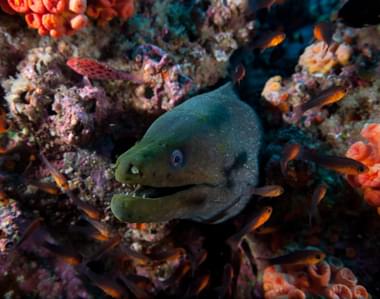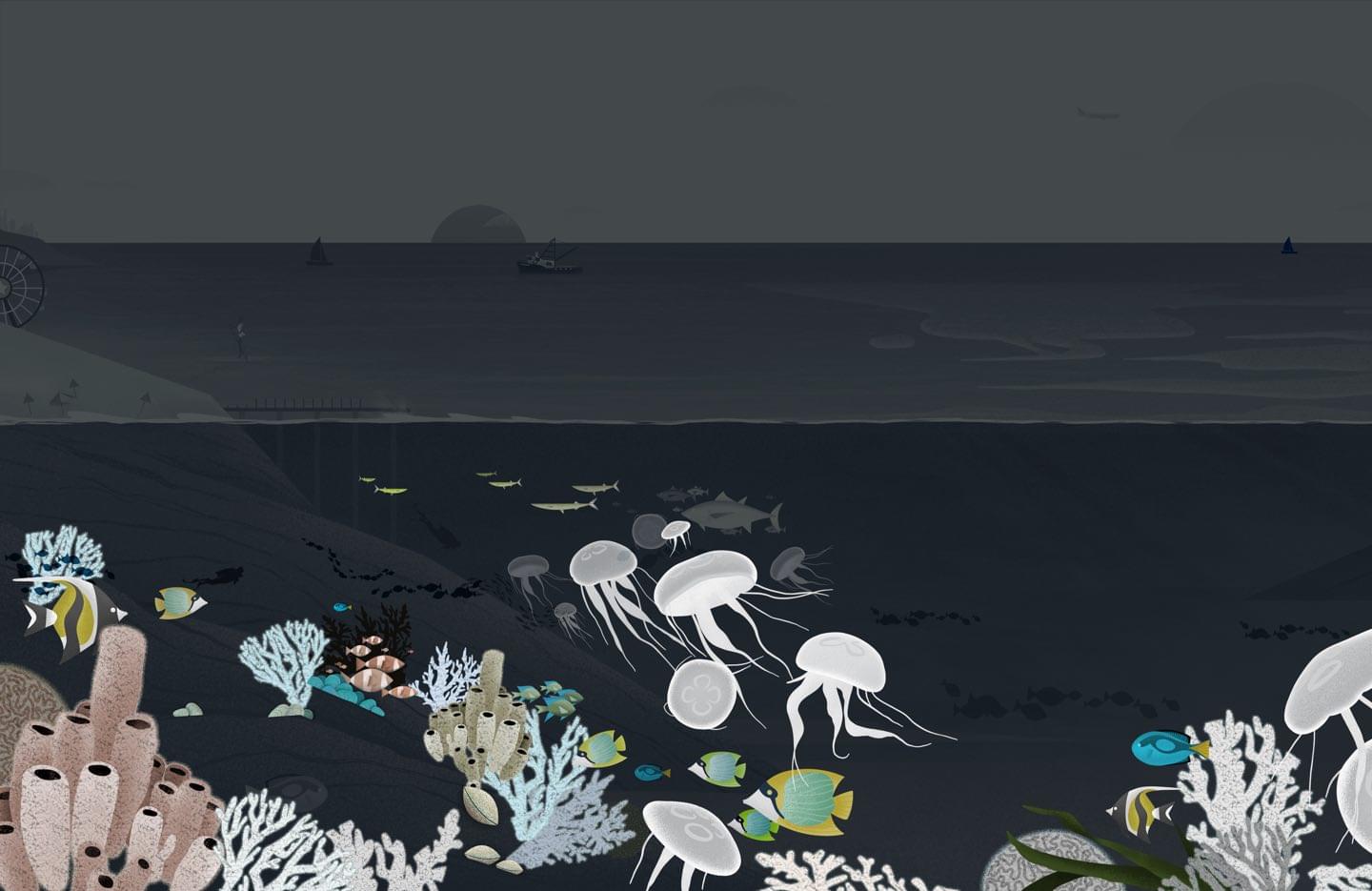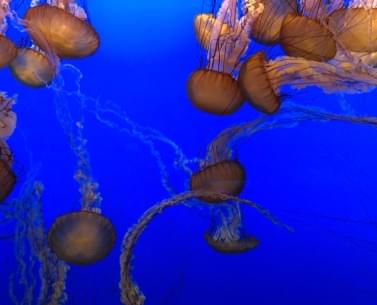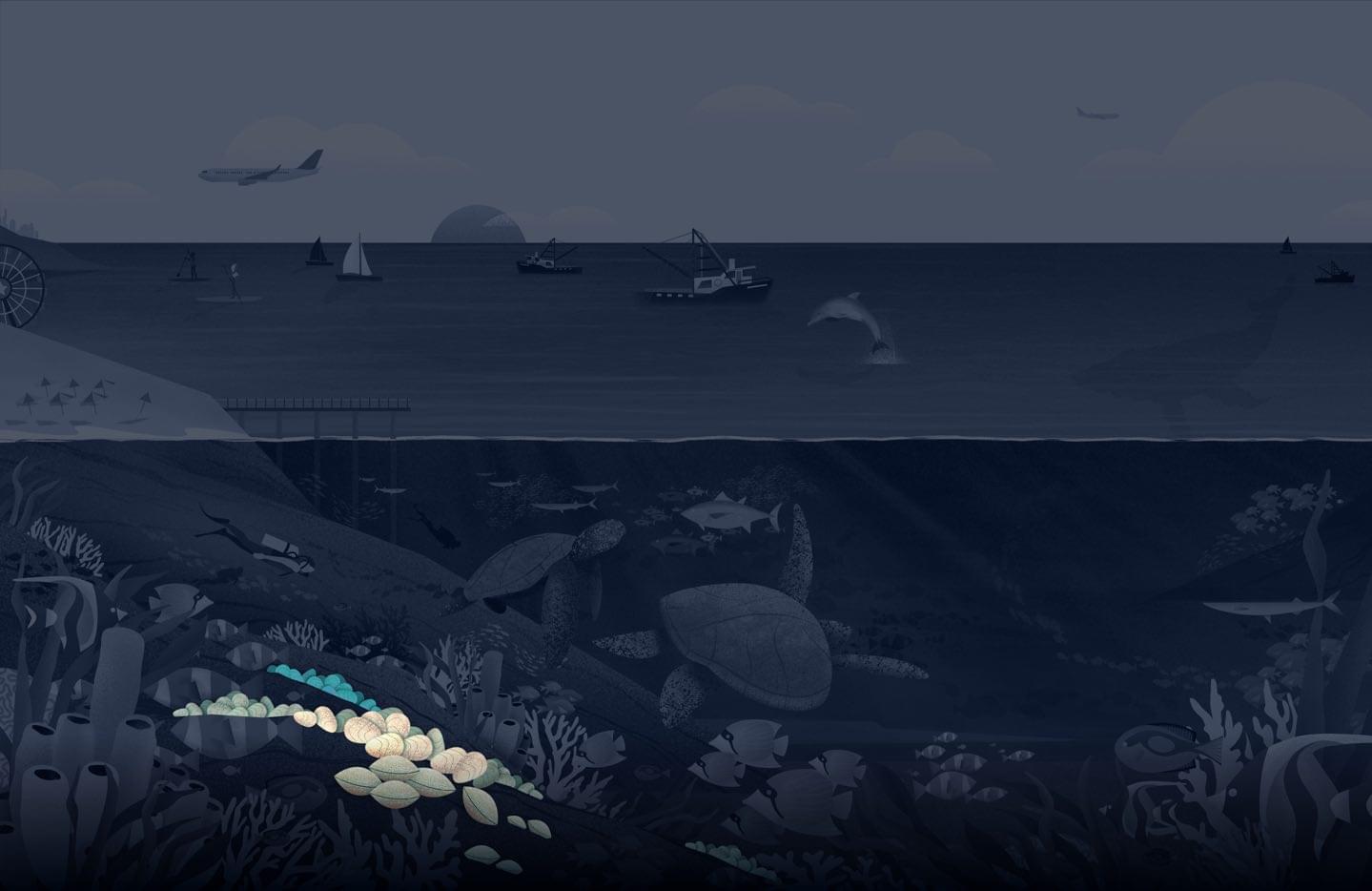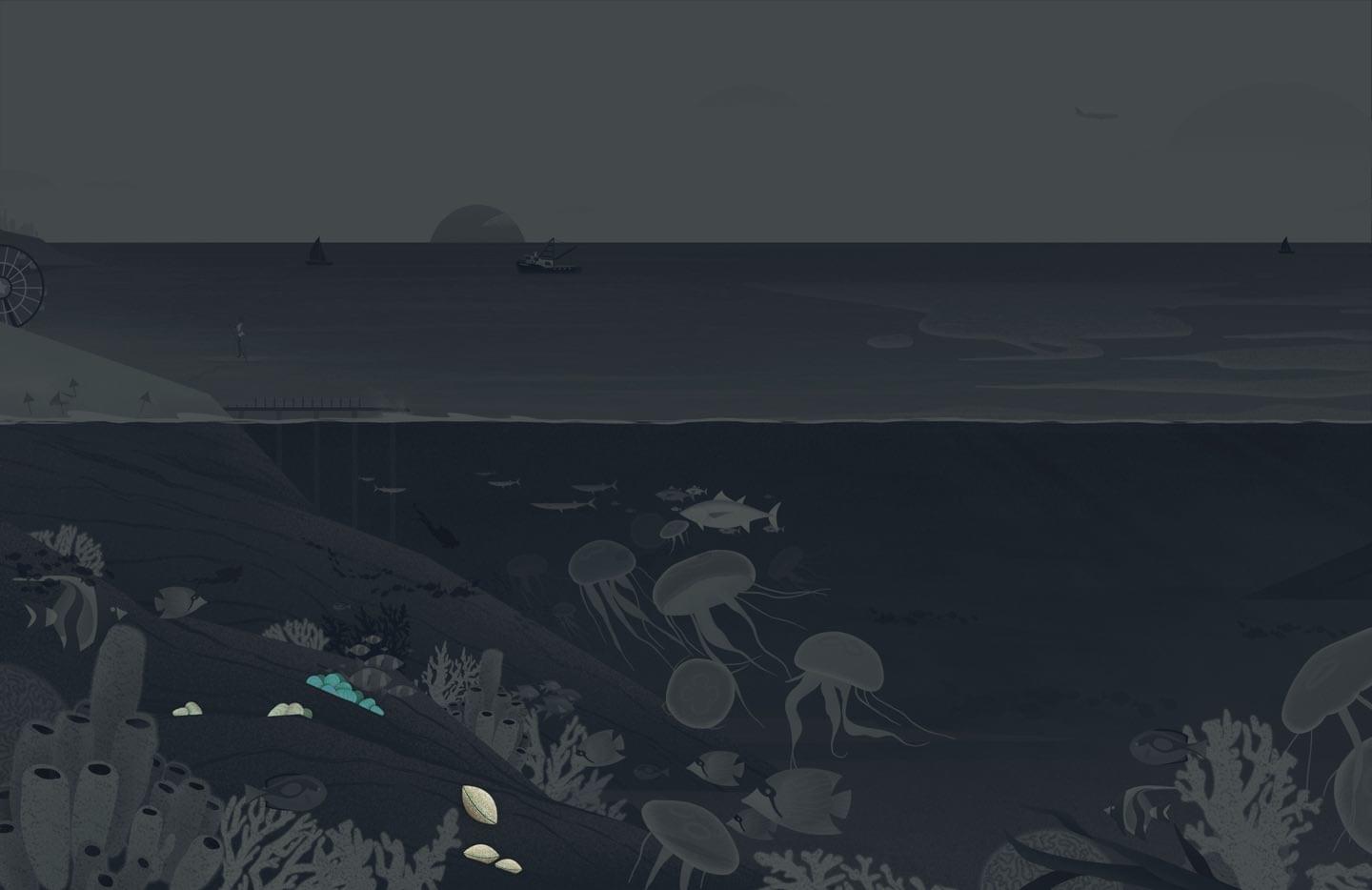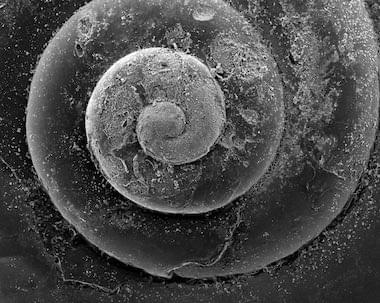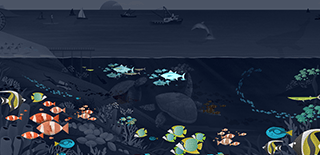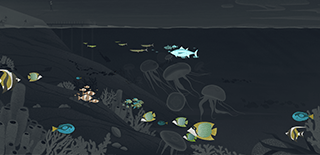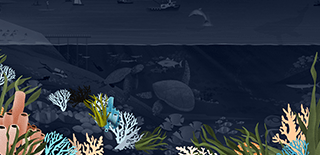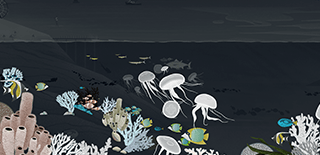Test your Knowledge on Ocean Acidification
The ice cores in Antarctica give us a glimpse into the past — tiny bubbles trapped in the ice are pockets of ancient air. Using this data, scientists have been able to track how levels of carbon dioxide in the atmosphere have changed over time.
Can you guess the trend?
Partial pressure of CO2, ppm
Year

Since the industrial revolution, the concentration of carbon dioxide (CO2) in the atmosphere has continued to increase, and is projected to more than double between the years 2020 and 2100.
More carbon leads to higher levels of ocean acidification.

Since the industrial revolution, the concentration of carbon dioxide (CO2) in the atmosphere has continued to increase, and is projected to more than double between the years 2020 and 2100.
More carbon leads to higher levels of ocean acidification.
As nearly 30 of the CO2 that is released in the atmosphere is absorbed by the ocean, its acidity level rises.
Can you guess the trend?

When CO2 dissolves in seawater, the ocean’s pH level drops—dramatically impacting the ocean, its inhabitants, and those who rely on it for their livelihoods.

When CO2 dissolves in seawater, the ocean’s pH level drops—dramatically impacting the ocean, its inhabitants, and those who rely on it for their livelihoods.
Have you ever tasted the potato chip of the sea? It’s called the pteropod, and it’s the favorite food of many fish, including salmon. Pteropods are so important to the ocean that scientists use their abundance levels as an indicator of ocean health.
Can you guess how pteropods are faring in our increasingly acidic ocean?
% Pteropods with Severe Dissolution
Year

In the pre-industrial era, 18 percent of pteropods exhibited severe shell dissolution. By 2100, more than 75 percent of all pteropods are projected to exhibite severe shell dissolution due to rising ocean acidification.

In the pre-industrial era, 18 percent of pteropods exhibited severe shell dissolution. By 2100, more than 75 percent of all pteropods are projected to exhibite severe shell dissolution due to rising ocean acidification.
Over 25 percent of the CO2, roughly 22 million tons, in the earth's atmosphere is absorbed by our ocean every day.
As CO2 dissolves, the ocean’s pH level drops, which harms ocean inhabitants—including pteropods, the favorite food of many fish and one of the most important indicators of ocean health. By the year 2100, over 75% of pteropods are expected to exhibit severe shell dissolution.




